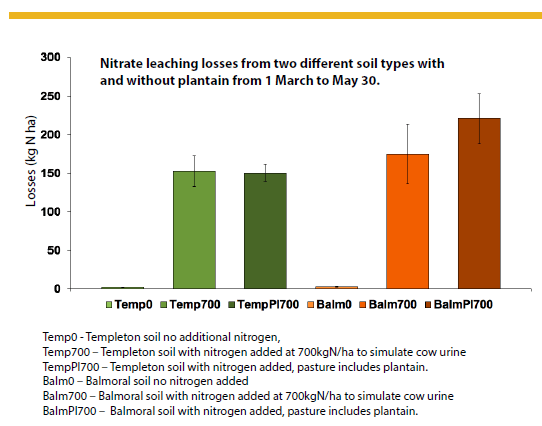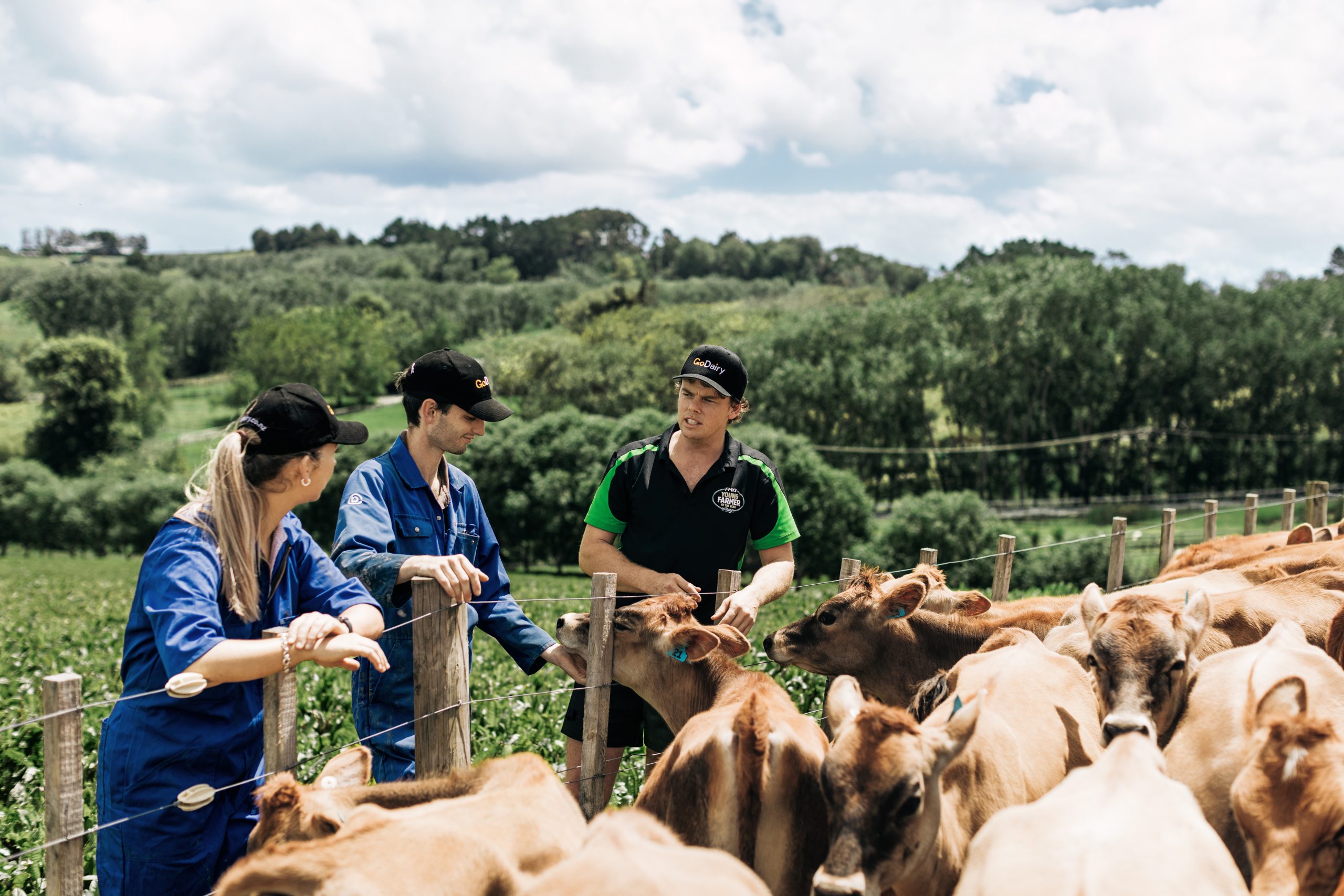A former Lincoln student is keeping an eye on plantain research while fostering an ancient brew. Anne Lee reports.
A year on from finishing his Lincoln University honours degree Wilbur Morrison is keeping one eye on the buzz about plantain while running his own company producing the new alcoholic sensation, a twist on the ancient draft – mead.
He and his business partner Edward Eaton launched their mead brand, Buzz Club last year in time for the summer and are now selling into more than 40 outlets including supermarkets, liquor stores and in restaurants.
They’ve breathed new life into the ancient brew giving the honey-based liquor a sparkling fizz and a hint of fruity flavour.
Working on product distribution plans, marketing concepts and packaging are a far cry from digging up columns of soil and pasture and measuring the effects of soil type and plantain on nitrogen leaching but that’s where Wilbur was at when he and Edward kicked off the mead idea.
His honours study revealed some surprising results and provoked his assertion that more research needs to be done on the full seasonal effect of plantain on limiting nitrogen leaching.
His study looked at the effect of plantain on leaching losses during the cooler late autumn to early winter months from March 1 to May 30 by placing the lysimeters in the university’s Biotron where long-term weather conditions could be simulated.
Instead of seeing an expected reduction in nitrogen leaching when plantain was present, he saw in increase in one of the lysimeters.
Wilbur compared two common Canterbury soil types – a Templeton and a Balmoral.
For each soil type there were three lysimeter treatments:
- Ryegrass/white clover only
- Ryegrass/white clover with the application of nitrogen at a rate of 700kg nitrogen/ha to simulate a urine patch
- Ryegrass/white clover with 22-31% plantain and the application of nitrogen at a rate of 700kg nitrogen/ha to simulate a urine patch.
“The Balmoral is a lighter, leakier soil so I’d expected to see more leaching through it but there wasn’t a significant difference between the two Templeton treatments that received nitrogen – one with plantain and one without and the Balmoral 700 no plantain.
“What really surprised me though was that the Balmoral plantain treatment leached significantly more nitrate than both the Templeton treatments.
“The plantain didn’t reduce the nitrate leaching losses from either of the soil types.
“Instead, the addition of plantain in the Balmoral soils significantly increased leaching losses between the Templeton and Balmoral treatments.
“We thought we’d see a huge reduction in the Templeton 700(kg N/ha) with plantain but we didn’t see that either – there wasn’t a significant difference.”
That’s got Wilbur questioning if plantain’s effectiveness at cutting nitrogen leaching is purely a warm season characteristic.
“There really needs to be a harder look taken into how it’s acting through those cooler periods of late autumn and winter so there’s a better understanding of its ability to make nitrogen leaching loss reductions over a full season.
Wilbur’s research measured the volume of leachate as well as nitrate concentrations draining from the lysimeters throughout his study period and he noted that the lysimeters with plantain had more drainage liquid. He looked at other studies on plantain to try and understand what was going on there and found a study that measured a number of characteristics of 10 plants including plantain.
That study found plantain had a higher evapotranspiration rate through the summer than ryegrass so had a higher water use but in the cooler months and over winter its evapotranspiration rates were lower.
It has lower water use over the cooler months so for the same rainfall it’s going to take up less water and you could surmise the drainage could therefore be higher, he says.
Plantain also has a tap root and taproots can cause macropore flow where water can flow down around the root.
“I think there has to be more research looking at the full season effect because the late autumn winter period is a crucial time for nitrate leaching.”
In the short term though it’s not likely to be Wilbur carrying out wider studies – he’s busy expanding the mead business.
A $22-million study to prove plantain’s effectiveness at reducing nitrate leaching, investigating regional effects and protecting the supply chain has kicked off this year and as part of that large-scale paddock-based leaching studies will be carried out.
Wilbur says he’ll be keeping an eye on the results while he and Edward work on expanding their business.
The mead idea developed while he was tending hives in the beekeeping business he was running while at Lincoln.
He had a go at brewing up a few batches with mates and through some trial and error created a drink worth pursuing.
He and Edward, a long-time mate from school days and more recently a Canterbury University business marketing graduate, decided to go all in and turn the idea into a business getting help from a professional brewer to create what’s called a session mead. The ancient, more traditional meads are sticky, sweet and high alcohol but like session beer the session part of the mead refers to a lower-alcohol, lighter, more refreshing style of beverage.
The Buzz Club session meads are from 4.8%-5.5% alcohol by volume, effervescent and while they have a distinct honey aspect to their “nose” and flavour they’re not very sweet. Wilbur says they’ve worked with the natural honey flavours that come from having hives positioned in areas dominated by either Pōhutukawa or Kamahi adding a hint of Hawke’s Bay lemons to the Kamahi honey brew and Northland strawberries to the Pōhutukawa honey session mead.
Wilbur says using the native honeys to create different flavoured meads not only helps build a range of products, it’s supporting the honey industry and beekeepers by adding value to native honeys other than Mānuka. That’s helping maintain the diversity of honeys and the sustainability of the beekeeping sector.
“Too many beekeepers with hives in the natives other than Mānuka are really struggling and some are walking away from their hives.”
By showcasing the other natives the Buzz Club meads are highlighting the diversity of the New Zealand native forests and value in those native honeys, Wilbur says.
Developing and now trying to grow the fledgling business in the global Covid-19 pandemic world has added a few challenges particularly in the ability to promote and sell the products at summer events.
Lincoln University’s end of year garden party was set to be an opportunity so its cancellation was disappointing, he says.
He’s hopeful there will be plenty of other festivals and large events that do get to go ahead as the country moves on with vaccinations and new plans to open up.
In the meantime, there’s plenty of work to do getting the product into more stockists and the pair have some big plans for 2022 – a plantain mead though is not on the cards.





